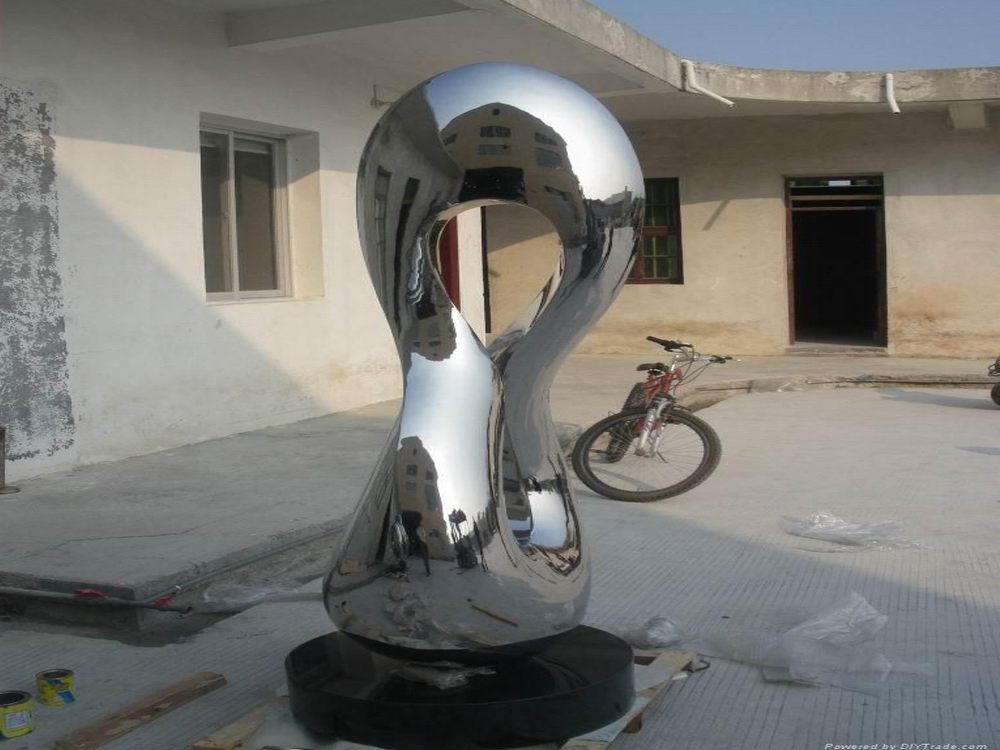
The art of sculpture carving presents unique challenges and opportunities depending on the scale of the work. Professional carvers employ fundamentally different approaches when working on large-scale monuments versus small-scale pieces, adapting their techniques to suit each project's physical and artistic demands.
For large-scale sculptures, carvers prioritize structural integrity and proportional accuracy. They typically work from detailed maquettes (small models) before scaling up, using measurement systems like pointing machines to ensure accuracy. Heavy-duty tools such as pneumatic chisels, angle grinders, and chainsaws become essential for removing bulk material efficiently. The carving process often requires scaffolding or cranes for access, and carvers must consider how weather and environmental factors will affect both the creation process and final installation.
Small-scale sculptures demand opposite adaptations. Precision tools like fine gouges, micro chisels, and magnifying equipment take precedence. The intimate size allows for delicate detailing that would be invisible in monumental works. Carvers often work under magnification and employ specialized holding devices to secure tiny pieces. Materials selection becomes more flexible, with many small-scale artists preferring fine-grained woods or softer stones that permit intricate work.
Time management differs significantly between scales. Large works may take months or years, requiring teams of carvers working in stages, while small pieces might be completed in days by a single artist. The viewing distance also influences technique - large sculptures require bold, exaggerated forms that read well from afar, while small works reward close inspection with subtle textures and refined details.
Modern technology has introduced new adaptation methods. Many carvers now use 3D modeling and CNC roughing for large works, reserving hand-finishing for critical areas. Small-scale artists might employ laser measuring tools or microscopic carving aids. Regardless of scale, successful carvers share the ability to visualize the final form within the raw material and adapt their approach accordingly.

